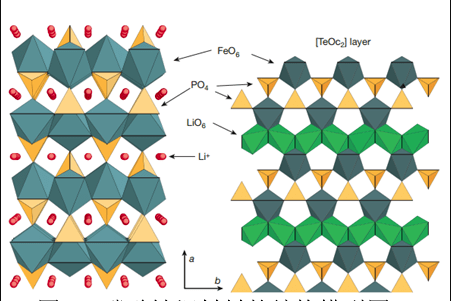Since 2021, with high cost performance and high safety, the penetration of lithium iron phosphate batteries in the passenger vehicle field has accelerated, and it has become the mainstream choice for major new energy vehicles.

With the large-scale application of lithium iron phosphate battery products around the world, its disadvantages such as poor low temperature performance and greatly reduced battery life in winter have become increasingly prominent. Low temperature performance and fast charging have become urgent issues for lithium iron phosphate materials in the next stage.
Low-temperature battery life has become a common problem in the industry. From a technical perspective, there are four main solutions: one is to improve the low temperature resistance of the battery material system in use, especially the battery activity problem at low temperature; the second is to find better Low temperature resistant materials; the third is to increase the thermal insulation efficiency of the battery by physical methods; the fourth is to change the battery.
Lithium iron phosphate material has the strongest plasticity, and its inherent stable coordination structure makes it extremely safe. It does not ignite or explode when impacted or punctured, and has the performance advantages of long life and no scarcity of raw material resources.
In theory, lithium iron carbonate is the most difficult to do at low temperature. Because the lithium iron phosphate battery has a stable coordination structure, it builds a solid "house" for lithium ions, and it is not easy to "collapse the house" during the charging and discharging process, and the safety is extremely high. On the contrary, the solid "house" provides only one-dimensional channels for lithium ions to enter and exit, and lithium ions have poor diffusivity, resulting in poor low-temperature performance and poor rate performance of the battery, causing low charging rate and low-temperature battery life. Shrink anxiety.
In response to the above pain points, a new spherical lithium iron phosphate product - "Lithium Iron No. 1" was innovatively launched. Using the black technology energy ball technology, it solved the problem of low diffusion coefficient of Li⁺, and realized the technological breakthrough of LFP ultra-low temperature and ultra-high rate. Open a new era of lithium iron phosphate.
Its general working principle is that by establishing a high-speed lithium ion transport channel inside the positive electrode material, the discharge capacity retention rate of the lithium iron phosphate material at -20 °C can be increased from 55% of the conventional lithium iron phosphate product to 85%, The discharge capacity retention rate at -40 ℃ is increased from close to zero to 57%.
At the same time, "Iron Lithium No. 1" has excellent fast charging performance. The lithium iron phosphate battery using "Lithium Iron No. 1" material can achieve a cruising range of 500 kilometers in only 15 minutes with 4C fast charging. For comparison, the conventional lithium iron phosphate battery needs 40 minutes for fast charging.
This innovative product is a new generation of lithium iron phosphate products invented by more than 20 R&D experts from Changzhou Liyuan Shenzhen Research Institute after 8 years and more than 2,000 repeated experiments to solve the problem of low diffusion coefficient of lithium ions. For the power battery industry, it is a revolutionary technological breakthrough.
Iron-lithium No. 1 also supports the use of ternary blending. The spherical shape presented by the energy ball technology is very similar to the ternary shape, which can be further improved in terms of safety and cycle life.

